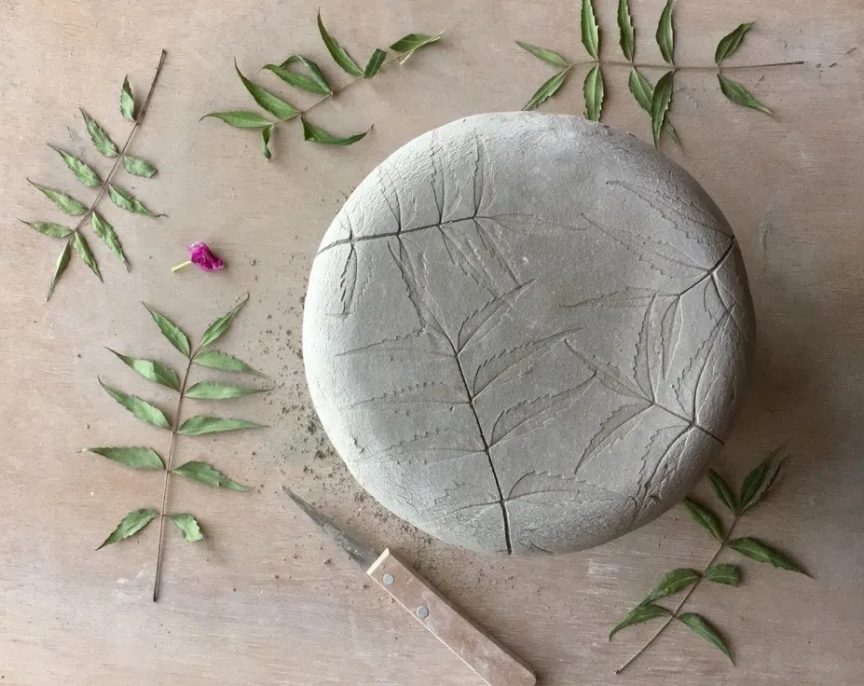Name: Hessa Al Ajmani
Which came first in your life, the science or the art?
Growing up, I had always been surrounded by both science and art. My dad graduated with a fine arts degree in photography and later specialized in forensic photography. My mother graduated with a biology degree but would always be crafting things with her hands, like sewing dresses and drawing. I was a curious child who just had to explore every nook and cranny of the house and garden. At the same time, I wanted to turn my turtle into an artist by having him having him walk across a canvas to spread the paint across it.
Which sciences relate to your art practice?
Nothing in particular because it’s mostly fed by curiosity and observation, and that applies to all sciences. In the past, my work has been fed by biology, physics, cosmology, ecology, alternative medicine, and my background in psychology. My current work with ceramics deals a lot with chemistry and botany.
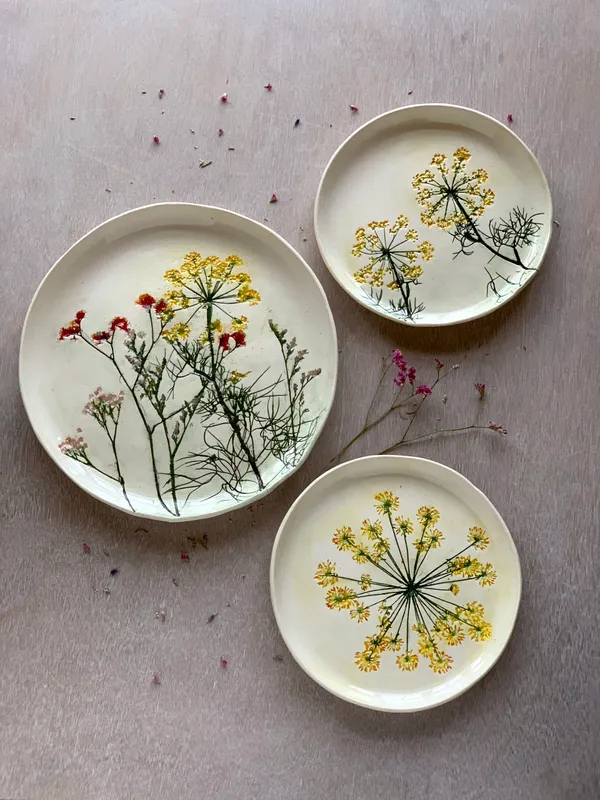
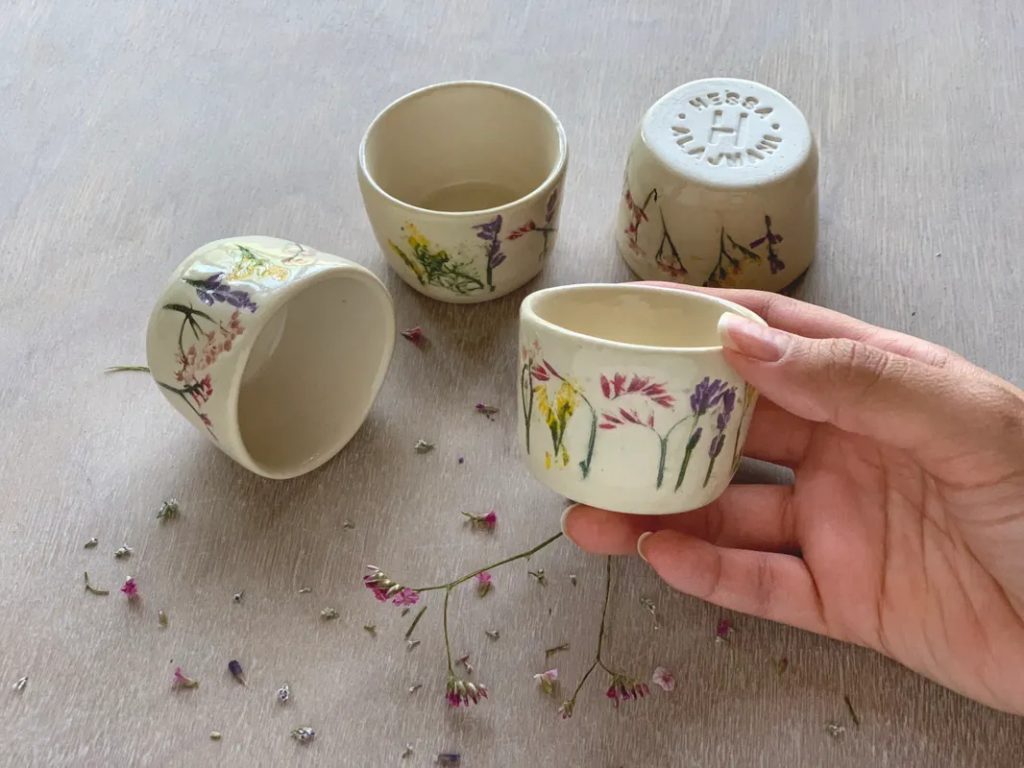
What materials do you use to create your artworks?
I’m always incorporating mixed media in my work. For my Biological Landmarks series, I’ve used graphite pencils. As for my Flesh and Bone, Fur and Stone installation, I’ve used a material called Anzaroot, which is a plant-based resin that was used locally in the United Arab Emirates (UAE) in the past to cast broken bones, which I then mixed with plaster and sand. In my current work with ceramics and Drink Your Medicine series, I use handpicked wildflowers and plants from the desert and my mother’s herb garden to press into clay.
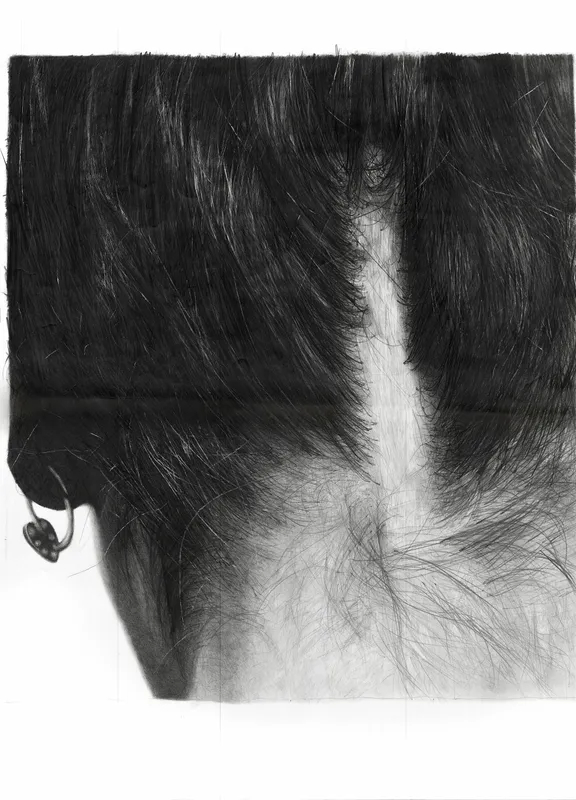
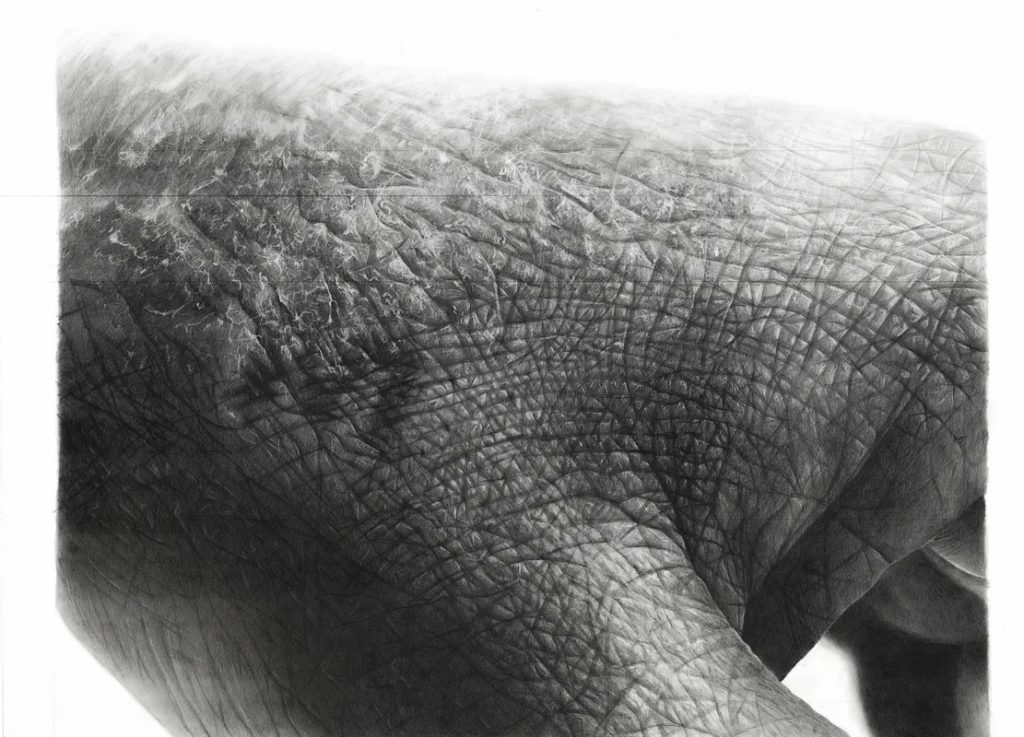

Artwork/Exhibition you are most proud of:
I enjoyed working on my Flesh and Bone, Fur and Stone installation, which was created for the Emirates Fine Arts Society’s 35th Annual Exhibition held at Sharjah Art Museum. The process took me on a physical and emotional journey across the mountains of the UAE, where the Arabian Leopard was native but recently became extinct in the wild due to loss of habitat. I incorporated Anzaroot as an element that was traditionally used to heal, and that was a natural material sourced from the same land that the Arabian Leopard had belonged to.
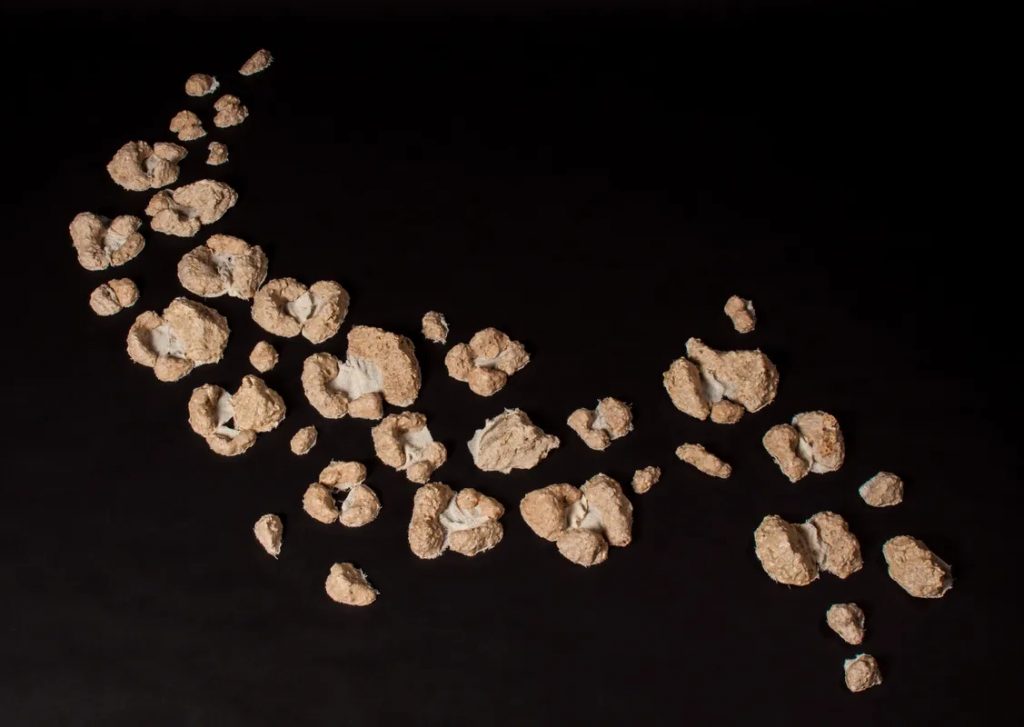

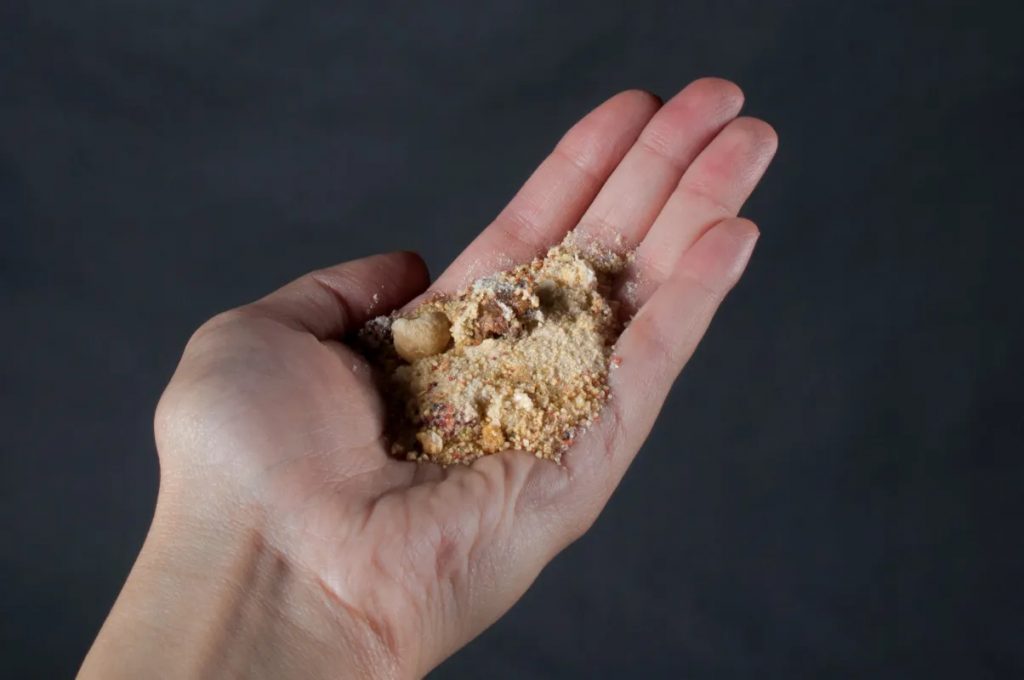
Which scientists and/or artists inspire and/or have influenced you?
I find Tyler Thrasher and Curt Hammerly’s practices very inspiring for the way they similarly incorporate scientific and technical methods to their artwork. I’m also currently very interested in Graham Hancock and Robert Bauval’s books relating to their theories of a forgotten prehistoric advanced civilization.
For more by Hessa Al Ajmani, visit her website or Instagram.
Share this Post

